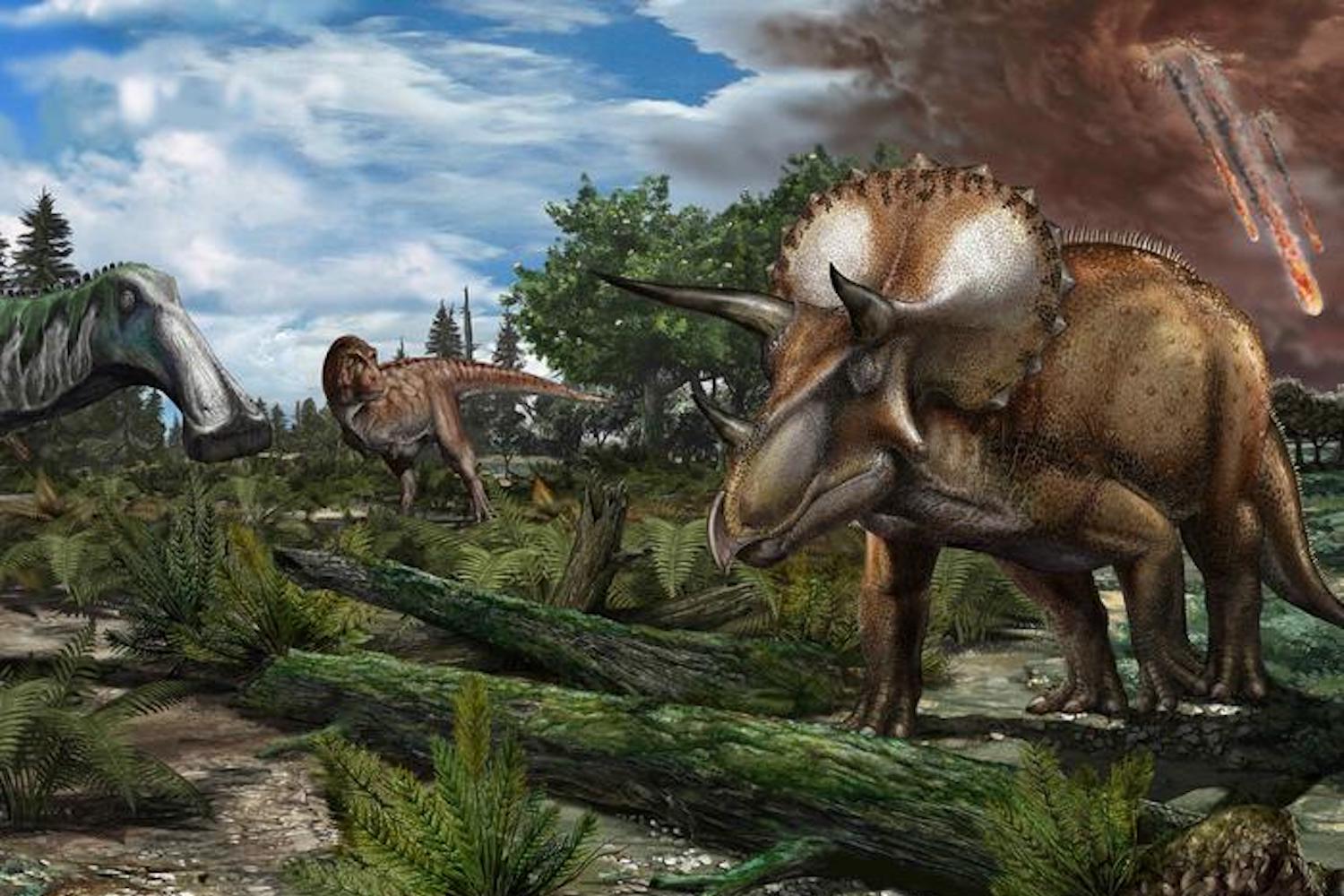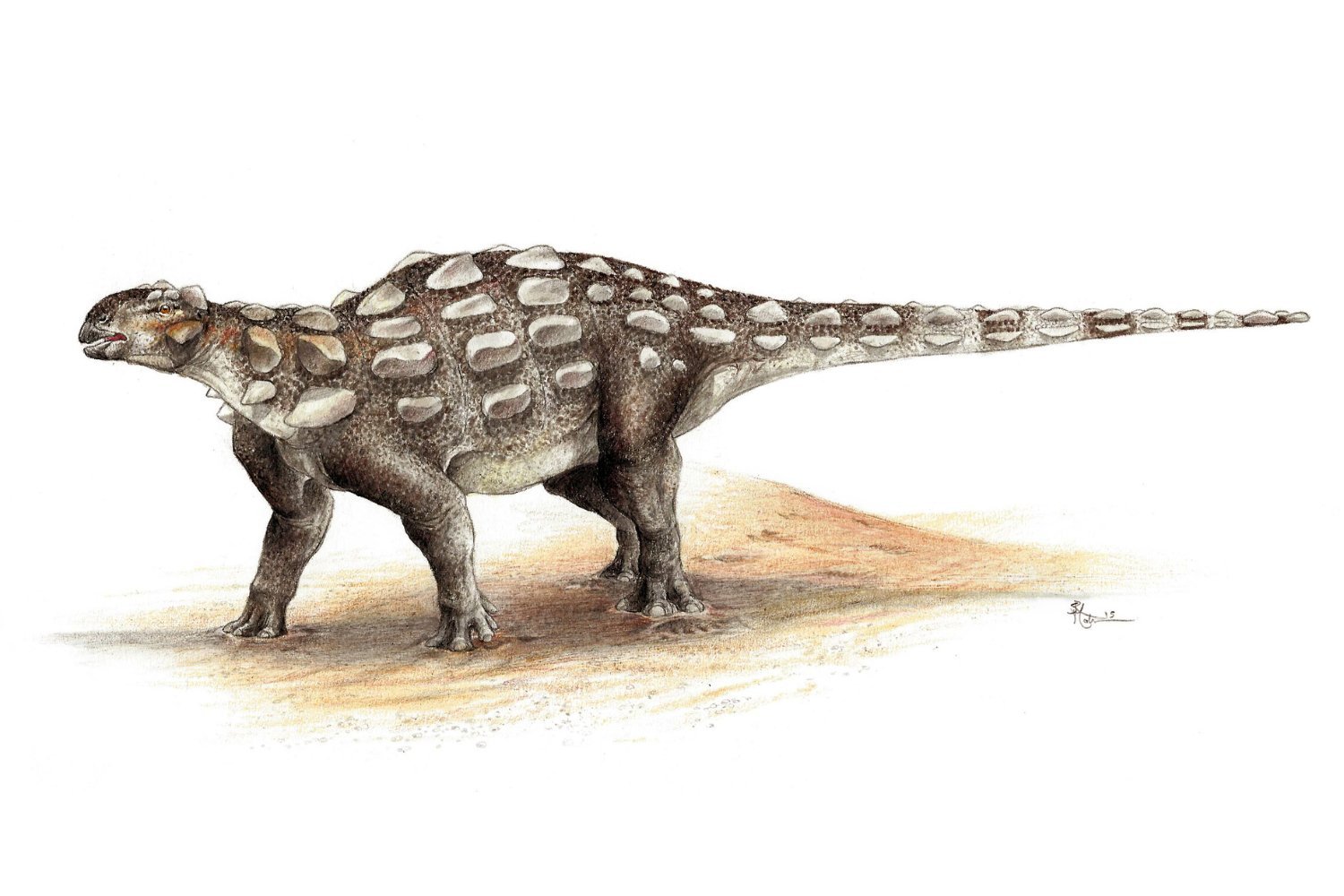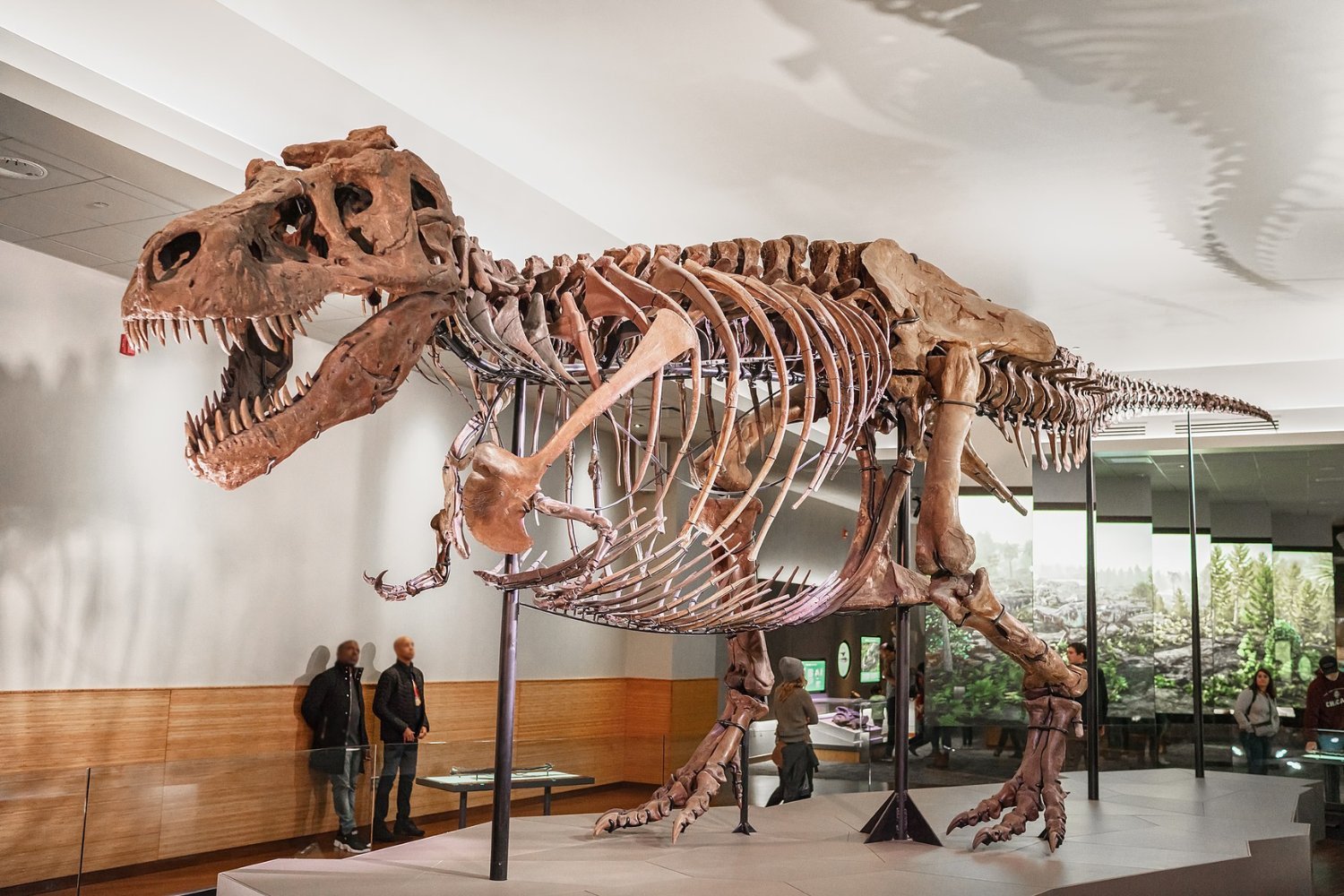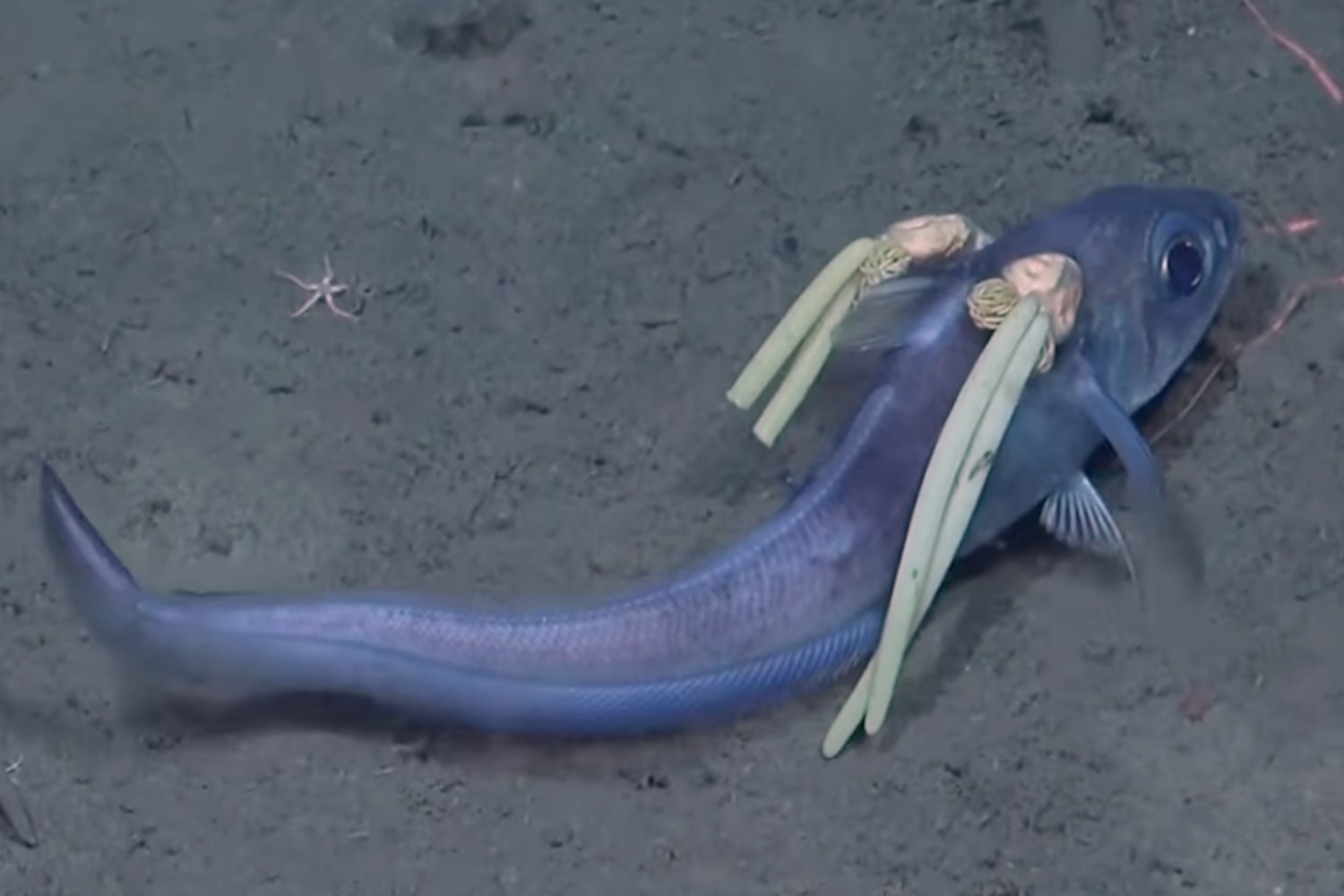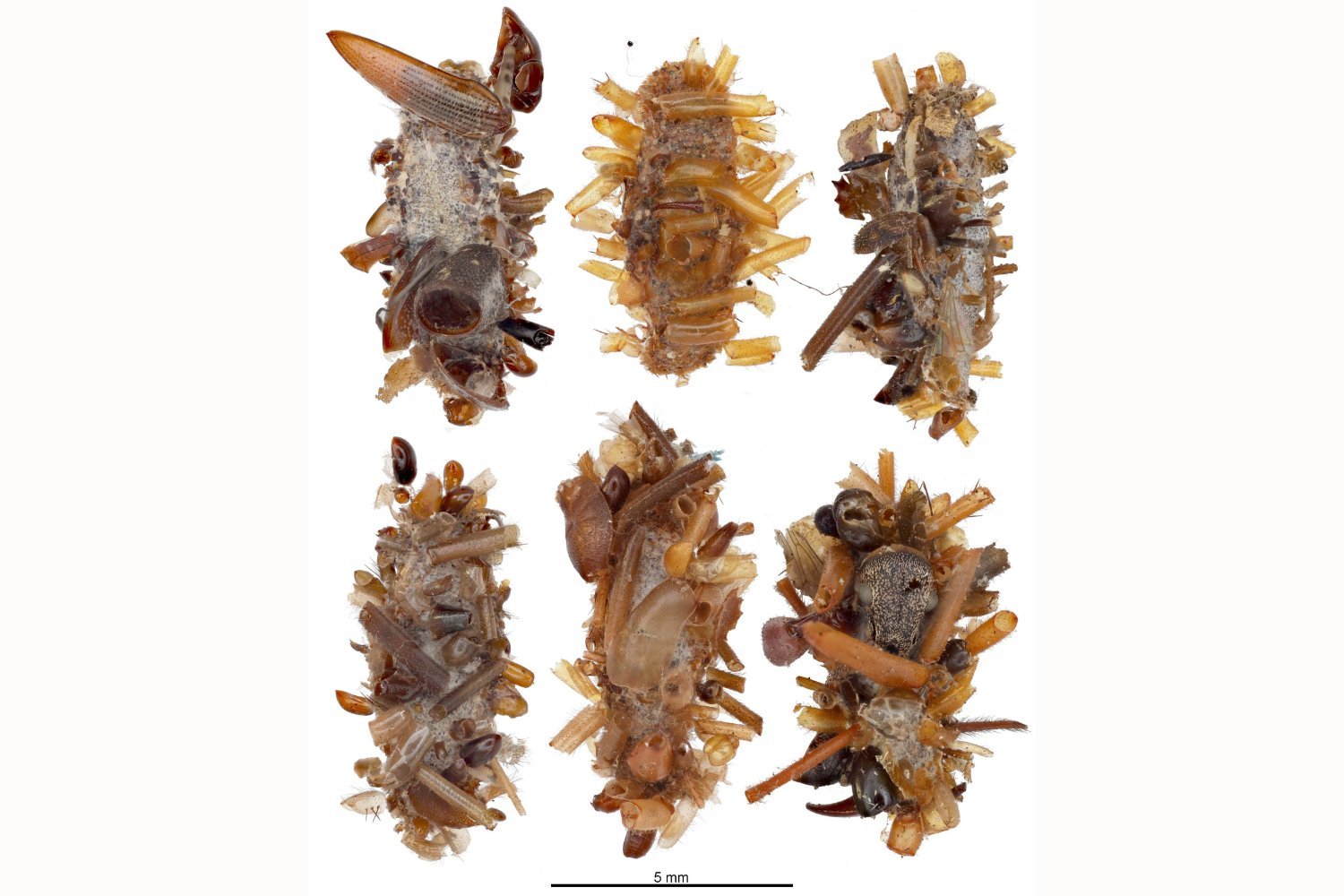The extinction of the dinosaurs remains a captivating topic, sparking debate among paleontologists. A central question revolves around whether dinosaurs were already in decline when the asteroid struck, or if the impact was the sole cause of their demise. New research suggests the dinosaurs may have been thriving right up until the catastrophic event.
The fossil record from the late Cretaceous period, the final era of the dinosaurs, is comparatively sparse compared to earlier periods. This scarcity has led some scientists to believe that dinosaurs were experiencing a decline in diversity before the asteroid impact. However, a recent study challenges this assumption, suggesting that the fossil record may not accurately reflect the true dinosaur population.
A team of researchers from the U.S., U.K., and China examined dinosaur fossils from North America dating back to the last 18 million years of the dinosaurs’ existence (84 to 66 million years ago). Their focus was on fossils from the Ankylosauridae, Ceratopsidae, Hadrosauridae, and Tyrannosauridae families found in the Western Interior Basin (WIB), a region rich in late Cretaceous fossils. Nearly half of all dinosaur fossils from this period have been discovered in North America, making the WIB an ideal location for studying dinosaur diversity.
The researchers created a detailed map of North America as it appeared during the late Cretaceous, incorporating geological, geographical, and climate data. They divided the map into grids and used mathematical models commonly employed in modern biodiversity studies to calculate the probability of each dinosaur family inhabiting these grids over time. The results indicated that dinosaur populations likely remained stable during this period.
To reconcile their findings with the sparse fossil record, the team conducted further analysis. They investigated whether the areas where dinosaurs were likely to thrive were also conducive to fossil preservation, considering that the landscape has changed dramatically since the dinosaurs roamed the Earth. Factors such as exposed rock, accessibility to paleontologists, and research efforts in specific areas were considered.
Their analysis revealed that while the probability of finding dinosaur fossils decreased over time, the likelihood of dinosaurs inhabiting these areas remained consistent. This suggests the perceived decline in dinosaur diversity is an artifact of geological and environmental factors affecting fossil preservation, rather than a genuine decline in dinosaur populations.
Lead researcher Chris Dean, a paleontology research fellow at University College London, explained, “The probability of finding dinosaur fossils decreases, while the likelihood of dinosaurs having lived in these areas at the time is stable. This shows we can’t take the fossil record at face value.” This research suggests that dinosaurs, particularly in North America, may have been thriving until the asteroid impact, potentially with a higher diversity than previously estimated.
This study offers a compelling new perspective on dinosaur extinction, highlighting the limitations of relying solely on the fossil record. While further research is necessary, this work encourages paleontologists to consider geological biases when interpreting dinosaur diversity and suggests new avenues for exploration to uncover a more complete picture of dinosaur history.



